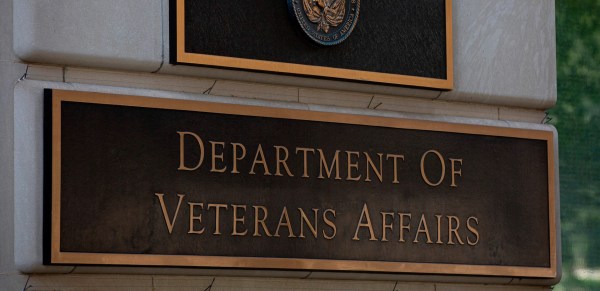VA looks to RPA to speed up digitization of its health records

The Department of Veterans Affairs is exploring the use of robotic process automation (RPA) to more quickly digitize external medical documents and link them to a veteran’s existing electronic health record.
The VA issued a request for information Wednesday in search of a managed RPA tool to “streamline the flow of external clinical document sets” into its EHR systems — both the existing Veterans Health Information Systems and Technology Architecture (VistA) and the forthcoming Cerner Millenium-based modernized platform it is planning to roll out in the near future.
This is particularly important as the VA since 2014 has allowed veterans to seek care outside of its facilities under the Veterans Access, Choice and Accountability Act. When that happens, those non-VA facilities generate records and send them, often as paper copies, to the VA to be integrated digitally with a veteran’s electronic health record.
Such a tool would “help eliminate backlog, reduce the number of manual scanning/indexing tasks, and increase quality and quantitative traceability with both VA’s existing VistA and newest Cerner Millennium platforms,” the RFI says. The VA inspector general reported last year that the department’s backlog of health records awaiting digitization “measured approximately 5.15 miles high and contained at least 597,000 individual electronic document files dating back to October 2016.”
Likewise, as veteran care in the community increases even more under the 2018 MISSION Act, “the automation solution must be scalable to satisfy new and increased workloads, throughput, and digital exchange capacities,” the RFI says.
The VA included some must-haves for a potential solution: automated scanning that can link documents to a veteran’s EHR, a flagging system that alerts any issues in automated processing, and the delivery of metrics. The tool should also be able to access medical documentation from a variety of sources, including an internal shared VA folder, email, electronic fax, paper, electronic exchange, and via API in the HealthShare Referral Management platform.
For now, VA medical facilities continue to use VistA as their primary EHR system. But soon, the VA will roll out the modernized Cerner platform at hospitals, starting in the Pacific Northwest. The department had planned the launch for March, before delaying the go-live until July due to a need for more training. But since the coronavirus struck, the VA has put the launch on pause indefinitely to prioritize resources for pandemic response.
The modernized EHR will cost the VA more than $16 billion and take a decade to roll-out
The VA is asking interested vendors to pitch RPA solutions by July 30.






